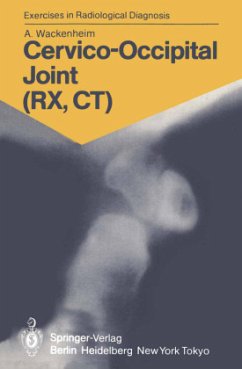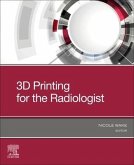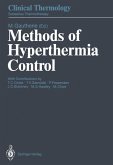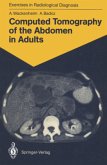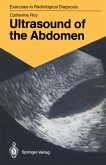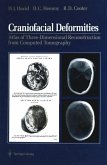Like my first book of exercises in radiological diagnosis con cerning the vertebrae in adults, the first part of this book consists of an atlas of images ready for immanent reading. The images are numbered, each number corresponding to a case. The second part comprises the corresponding comments, critical interpretations, and drawings (using the same num bers as the corresponding radiographs in the first part). I hope that this second booklet will be as appreciated as was the first, which was published in four languages (Radio diagnosis of the Vertebrae in Adults. Springer, Berlin Hei delberg New York 1983). My own documentation having proved deficient in some fields, I had recourse to the didactic collections oimy collea gues, friends, and students. Special thanks are due to Prof. J. F. Bonneville, and to Drs. J. L. Dietemann, Y. Dirheimer, J. C. Dosch, and J. Vignaud. AUGUSTE WACKENHEIM VII Contents Introduction ..... 1 Part One: Iconography 5 Part Two: Commentary with Corresponding Schemata. 107 References . . 189 Subject Index 191 IX Introduction The analysis or the reading of an X-ray picture proceeds from struc turalistic rules, such as the immanence, the synchronism, the significa tion (signifiant and signifie of a sign), first from the semeiologic and then from the semantic point of view. In a simpler way, one can say that it is necessary to distinguish the signifiant, the signi Pds. ie, the comment, the interpretation, and the radiobioclinical confrontation. The signifiant or character is a normal or pathological "characteris tic" part of the image.

